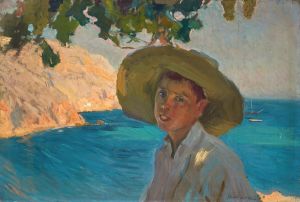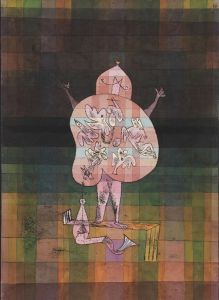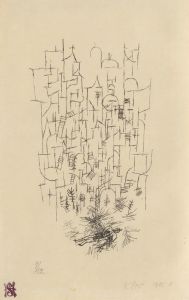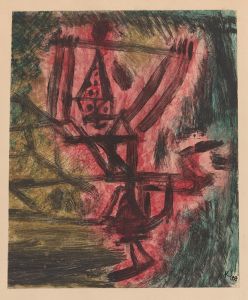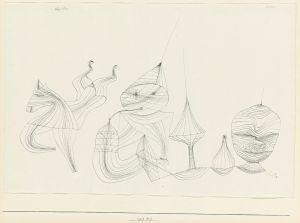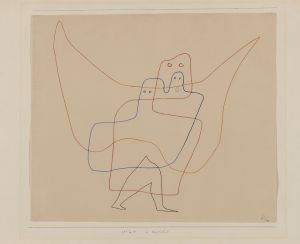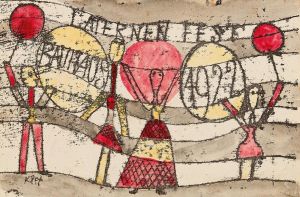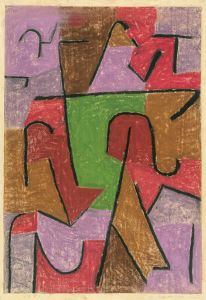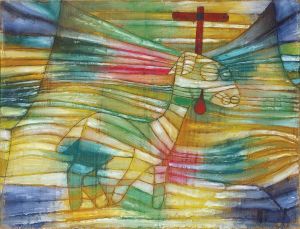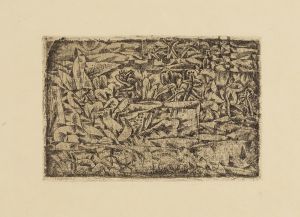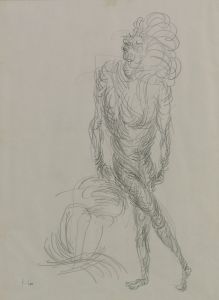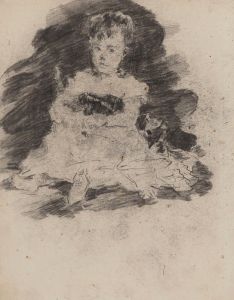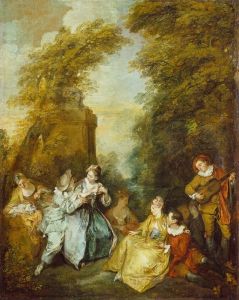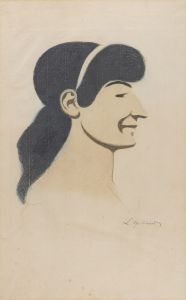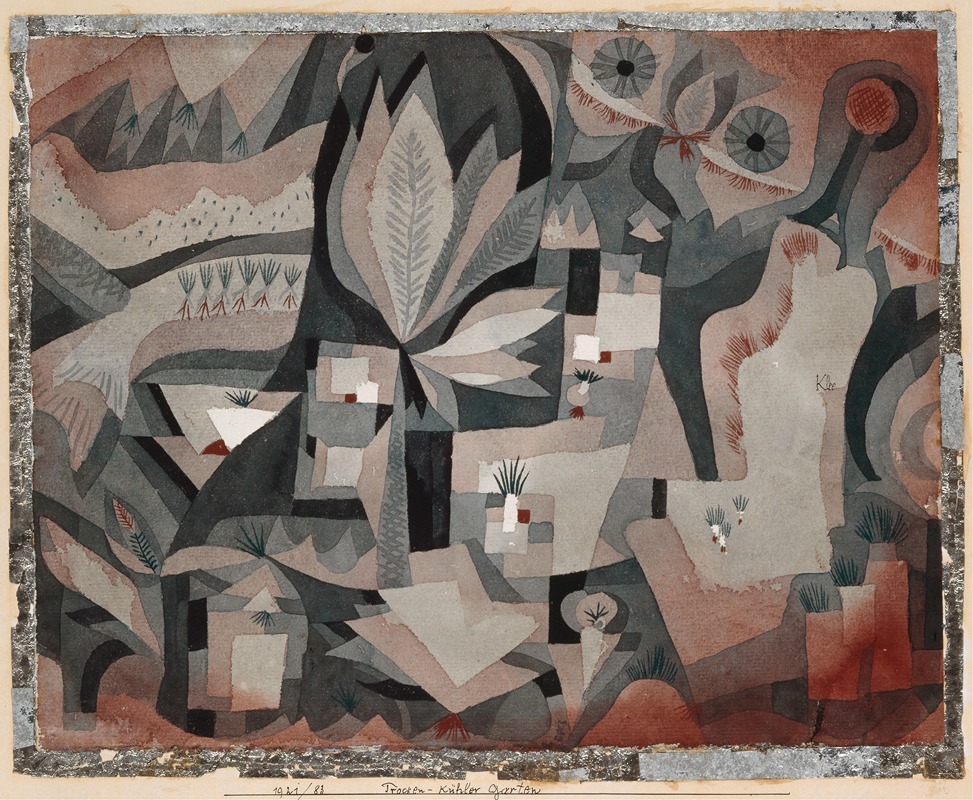
Dry-cool garden
A hand-painted replica of Paul Klee’s masterpiece Dry-cool garden, meticulously crafted by professional artists to capture the true essence of the original. Each piece is created with museum-quality canvas and rare mineral pigments, carefully painted by experienced artists with delicate brushstrokes and rich, layered colors to perfectly recreate the texture of the original artwork. Unlike machine-printed reproductions, this hand-painted version brings the painting to life, infused with the artist’s emotions and skill in every stroke. Whether for personal collection or home decoration, it instantly elevates the artistic atmosphere of any space.
Paul Klee's "Dry-Cool Garden" is a notable work by the Swiss-born artist, created in 1921. Klee, a pivotal figure in the development of modern art, is renowned for his unique style that blends elements of expressionism, cubism, and surrealism. His works often reflect his deep interest in color theory, music, and the subconscious.
"Dry-Cool Garden" is a watercolor and oil transfer drawing on paper, mounted on cardboard. This piece exemplifies Klee's innovative use of mixed media, which was a hallmark of his artistic practice. The painting is characterized by its abstract forms and a subtle, yet vibrant, color palette. Klee's technique of oil transfer, which involves transferring a drawing from one surface to another using oil, allowed him to create delicate lines and textures that contribute to the ethereal quality of the work.
The composition of "Dry-Cool Garden" is a complex interplay of geometric shapes and organic forms, suggesting a stylized garden landscape. The title itself evokes a sense of tranquility and introspection, which is a recurring theme in Klee's work. The garden motif can be seen as a metaphor for growth and transformation, reflecting Klee's philosophical musings on nature and the human experience.
Klee's time at the Bauhaus, where he taught from 1921 to 1931, was a period of significant artistic development. "Dry-Cool Garden" was created during the early years of his tenure at the Bauhaus, a time when he was deeply engaged with the exploration of color theory and the integration of art and design. His teaching and artistic output during this period were influential in shaping the direction of modern art.
The painting is part of the collection at the Kunstsammlung Nordrhein-Westfalen in Düsseldorf, Germany. This institution houses a significant number of Klee's works, providing insight into his artistic evolution and the breadth of his creative output. "Dry-Cool Garden" is often appreciated for its delicate balance between abstraction and representation, a testament to Klee's ability to convey complex ideas through simple forms.
Klee's work, including "Dry-Cool Garden," continues to be celebrated for its innovative approach and profound impact on the art world. His exploration of color, form, and symbolism has inspired countless artists and remains a subject of study and admiration. The painting's enduring appeal lies in its ability to evoke a sense of wonder and contemplation, inviting viewers to engage with the artwork on both an intellectual and emotional level.
In summary, "Dry-Cool Garden" is a quintessential example of Paul Klee's artistic vision, reflecting his mastery of technique and his philosophical engagement with the natural world. The painting stands as a testament to Klee's legacy as a pioneer of modern art, whose work continues to resonate with audiences around the world.





